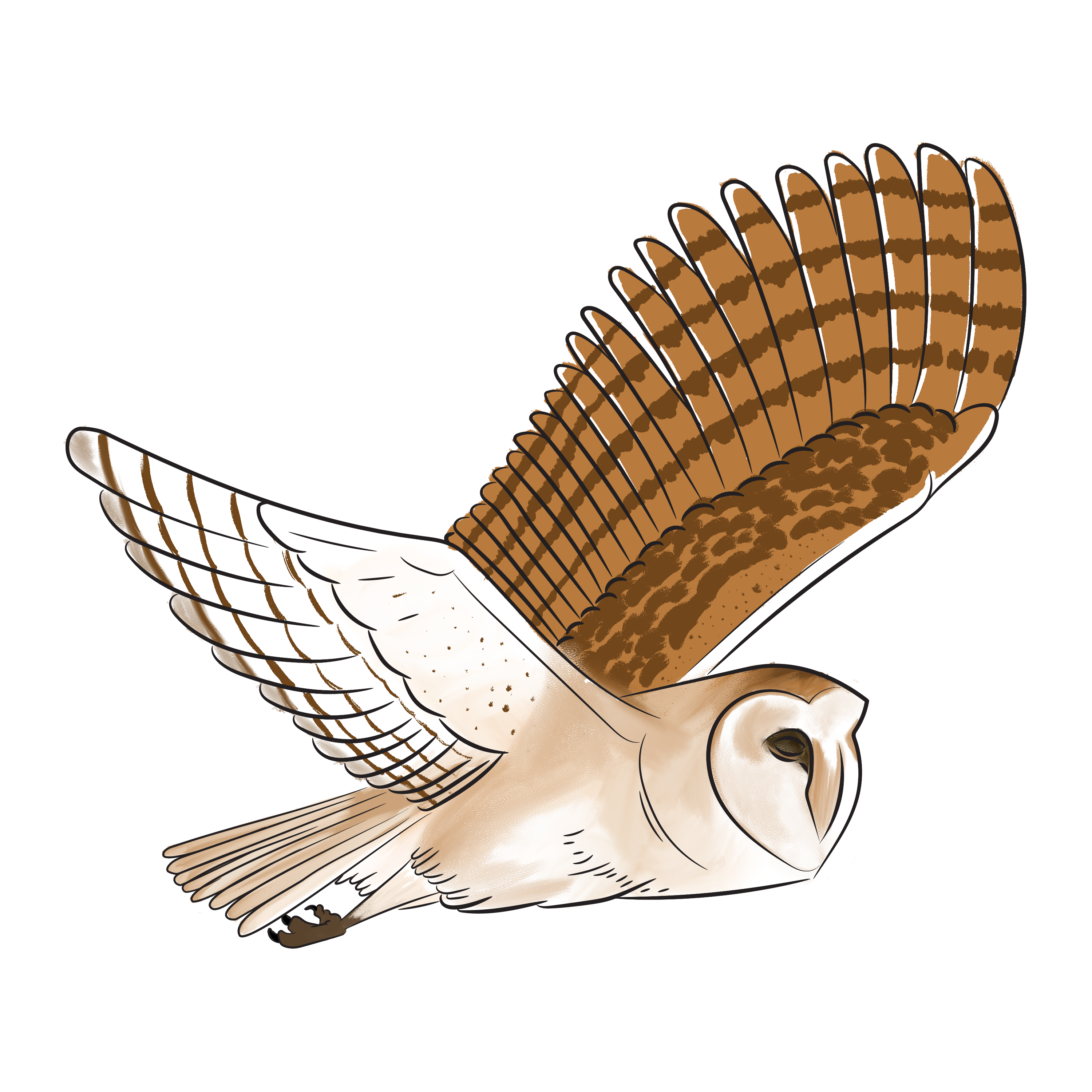
Exploring the top tech writing collaboration tools
By Juliet Ofoegbu on Writing docs, Tools from October 12, 2023
Introduction
Hey there, fellow documentarians! As a front-end developer and tech writer, I've come to realize that our role in this ever-evolving tech and communication environment is not just about crafting accurate and clear content—it's also about working effectively in a team.
In this article, we'll explore the top tech writing collaboration tools. These tools can have a profound impact on how technical writers and documentarians collaborate to create amazing content.
1. Asana
Asana is a project and task management tool that can help technical writers manage, organize, and complete projects.
Tasks are created and assigned to collaborators at every stage of the writing process, and task due dates can help the team stay on track.
You can also integrate other tools into Asana, such as Microsoft Teams, Google Workspace, Zoom, and more.
Asana empowers documentarians to collaborate seamlessly, stay organized, and deliver high-quality content. I love Asana's user-friendly interface and how it keeps a team’s projects on track. Asana is like an accountability buddy!
Pro tip: To have a clear road map and ensure that you don’t miss anything, create tasks for each stage of the writing process, from the initial research to the final edits.
Linus Says: "Extra Delight" is one of our favorite Asana features because it "adds additional celebrations and delightful surprises to the product experience." You can toggle it on by going to Asana → Settings → Hacks. After you turn it on, try clicking "tab + B" (multiple times)! 😻
2. Scribe
Scribe allows writers to collaborate on documents while keeping a clear record of any changes made. You can easily see what changes were made, who made the changes, and when the changes were made, and contributors can leave comments on specific changes.
Scribe also has an AI plug-in that can help make your documents specific to your company’s processes and tools. Scribe allows for easy integration with other tools, such as Airtable, Notion, Clickup, Confluence, Microsoft Teams, and many more. I love how Scribe simplifies version control!
Pro tip: Because Scribe keeps track of version changes, it's great to use for user guides or manuals.
3. Notion
Notion has been described as a "second brain" because it is often used as an all-in-one platform to store important information. It can also be used as a collaborative workspace where all of your team's writing projects come to life.
Notion can integrate with other tools like Slack, GitHub, Asana, Jira, GitLab, Figma, Zoom, Calendly, and many more. You can use all of these tools inside of Notion, which eliminates the need to toggle between various apps while working on a project.
Notion AI can greatly enhance productivity. For example, it can generate next steps from meeting notes or summarize key takeaways from notes. It can also help correct spelling and grammatical mistakes, translate text into other languages, edit voices and tones, and much more!
Pro tip: Take advantage of Notion's built-in templates to save time. There's no need to reinvent the wheel!
4. Hypothesis
Hypothesis improves the process of annotating and reviewing documents. Collaborators can communicate with each other directly within a document by highlighting specifics sections and leaving comments. Hypothesis makes collaboration feel like a breeze!
Pro tip: When you highlights part of a document, remember to also add a comment to explain why you're highlighting that part to help your team better understand where you're coming from.
5. Trello
Trello is my trusted sidekick! I think of it as a digital whiteboard where I can brainstorm ideas and organize tasks.
Trello can help team members visualize projects with boards, lists, and cards. Oftentimes, a project is given its own board. Within a board, users can create lists, which can help to categorize tasks based on their status (e.g. 'Queued', 'In Progress’, ‘Published’, etc.). Cards can then be added to lists to represent specific tasks.

Assigning cards/tasks helps collaborators know who is responsible for specific parts of a project. Collaborators can communicate with each other by leaving comments on cards.
Trello can be integrated with many tools like Slack, Jira, Google Workspace, Microsoft Teams, and Dropbox.
Pro tip: Use color-coded labels to specify task categories and priority levels.
6. Google Docs
As you probably already know, Google Docs allows teams to create and edit documents in real time.
The comment and chat features make it easy for collaborators to discuss the document they're working on. Collaborators can also quickly initiate a Google Meet call from a Google Doc.
I wrote my very first article on Google Docs, and I think I'll always have room for this classic tool in my workflow. 🙂
Pro tip: Use the "suggest edits" mode if you're not 100% confident that your team members will approve of your edits!
Conclusion
As a tech writer and front-end developer, all of these tools have significantly improved my efficiency and workflow.
I encourage you to try out some of these tools to see if they can improve your workflow as well!
Staying current with collaborative writing tools can help you deliver the best possible documentation for your company and end users.


Writing docs
(253)

General posts useful to all documentarians about writing documentation, editing and publishing workflows, and more.


Feature spotlight
(15)

Your flight plan for how to get the most out of KnowledgeOwl features and integrate them into your workflows.


Announcements
(21)

Major KnowledgeOwl company announcements.


Customer stories
(9)

Learn how others are using KnowledgeOwl & get pro tips on how to make the most of KO!


Company culture
(40)

Find out more about who we are and what we value.


Support
(75)

We believe good support is the foundation of good business. Learn about support tools and methodology.


Tools
(64)

Learn more about tools to solve various documentarian issues, within and beyond KnowledgeOwl.


All
(384)

Not sure what category you need? Browse all the posts on our blog.

Got an idea for a post you'd like to read...or write?
We're always looking for guest bloggers.
Learn moreStart building your knowledge base today
- 30 days free (and easy to extend!)
- No credit card required
- Affordable, transparent pricing
- No cost for readers, only authors
Want to see it in action?
Watch a 5-minute video and schedule time to speak with one of our owls.







